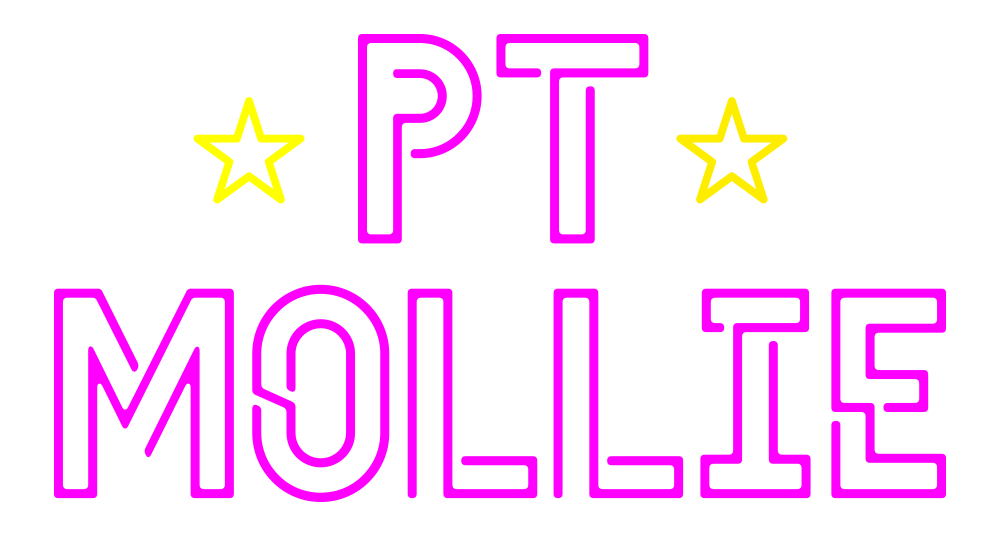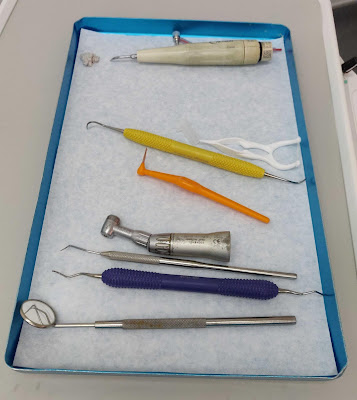I love having teeth but I hate going to the dentist. When I was younger, I had so many cavities filled I still have minor panic attacks when the hygienist finds a ‘sticky spot’. My SimplyHealth Active plan covers routine teeth cleaning, which was perfect as I was due for one in December. For those who haven’t been to the dental hygienist in a while or are curious about what happens during an appointment, read on to learn about my experience. I have also included a some information that I learned during my appointment. Enjoy!
How much does it cost to have your teeth cleaned?
Coming to London, I was a bit surprised to find out that I had to pay to visit a dental hygienist to have my teeth cleaned.
In the USA, teeth cleaning is part of your dental insurance plan (if you have it as not every employer will offer it as a benefit) and you may only need to pay a co-pay at your appointment (which is similar to an excess fee in the UK) depending on what insurance policy you have.
Again, it depends on what insurance policy you have, but usually the cost in less than $20 as the rest is covered by your insurance company.
Here in the UK, I have found that it costs about £50-60 in London for a 30 minute appointment.
In both countries, it is recommended to have your teeth cleaned twice a year.
Luckily,
my Simplyheath Active plan covers routine dental appointments and emergency procedures (after a qualifying period).
What does a hygienist do to your teeth?
I had an appointment booked in early December, which was between marathon madness and the holiday party season. I was warmly greeted by my hygienist, Cheryl, who quickly reviewed my records on her computer. She probably noticed that I am missing four teeth that were pulled to make room for the rest when I was younger (small jaw/big teeth problems). After I sat in the reclining chair, she gave me safety glasses and placed a disposable cloth across my chest. These are to help protect my eyes and clothes from water, spit, and any others types of splash.
Cheryl then placed a suction stick in at the back of my mouth under tongue so I didn’t have to swallow as often. This means I can leave my mouth open so she can work. She started on my bottom teeth, scraping off tartar and plaque.
Luckily, it didn’t hurt!
Since my last appointment, where I was told I had the start of gum disease (lovely, huh?), I have been adamant about flossing in the evenings and using an
interdental brush each time I brush.
Although I don’t have large noticeable gaps in my teeth, I do have a slight space at the bottom of my teeth, where food can get stuck or
my electric toothbrush can’t reach.
I am now one of the converted as I want to keep my teeth for as long as possible.
Methodically, Cheryl made her way around my lower jaw and then up to the top. There were a few times where I needed to swallow and that is fine.
Does it hurt when you visit the hygienist?
Cheryl also checked in with me to see if I was comfortable or in pain.
She told me at the start of the appointment to raise my hand if I needed her to stop.
I am happy to say that I did not.
Does snacking cause cavities?
After she has had a close look, Cheryl let me know I was the best patient of the day as my teeth were easy to clean.
She also asked if I snack throughout the day or just eat at mealtime.
I know that she knows the truth (my teeth don’t lie) so I sheepishly admitted I basically eat all day (7am, 10am, 1pm, 3pm, 6pm).
Her suggestion was to l try to only eat a few big meals and avoid fizzy drinks. This will help me protect the enamel on my teeth.
The fermentable dietary sugars from food stays in the mouth for about 30 minutes after eating.
It takes those 30 minutes for saliva to remove most the sugars from your mouth which protect the enamel.
Every time you put food to your lips you start the cycle again.
Therefore, leaving longer time between eating protects your teeth.
If you are continuously snacking, there isn’t any time for saliva to combat the sugars.
What is the difference between tartar and plaque?
Tartar is the mineralized form of plague. You will usually have it in hard to reach places, such as the inside surfaces of your lower front teeth and outer surfaces of upper molars. This is also because of where two of the three major salivary ducts openings are located. The minerals in saliva, calcium in particular, mix with the plague already on your teeth and mineralise them into tartar. Once these harden, they form tartar and very hard to remove without the special instruments your dental hygienist has available. There is strong evidence linking presence of tartar beneath the gum level with gum disease, which is why it is so important to remove.
I am very grateful that my Simplyhealth Active plan covered this appointment and then my next one in six month’s time. I would like to keep my natural teeth for as long as possible because if I have to loose them, there might be some expensive and painful procedures required.
Next week, I will give you a step by step on how to claim back an appointment fee via the
Simplyhealth website.
It was much easier that I thought it would be.
How often do you get your teeth cleaned? Do you floss regularly?
Thanks to dental student Premal Patel for his help on explaining the science behind oral hygiene. This post contains affiliate links which cost you, the buyer, nothing additional but helps maintain the costs associated with running this site.






